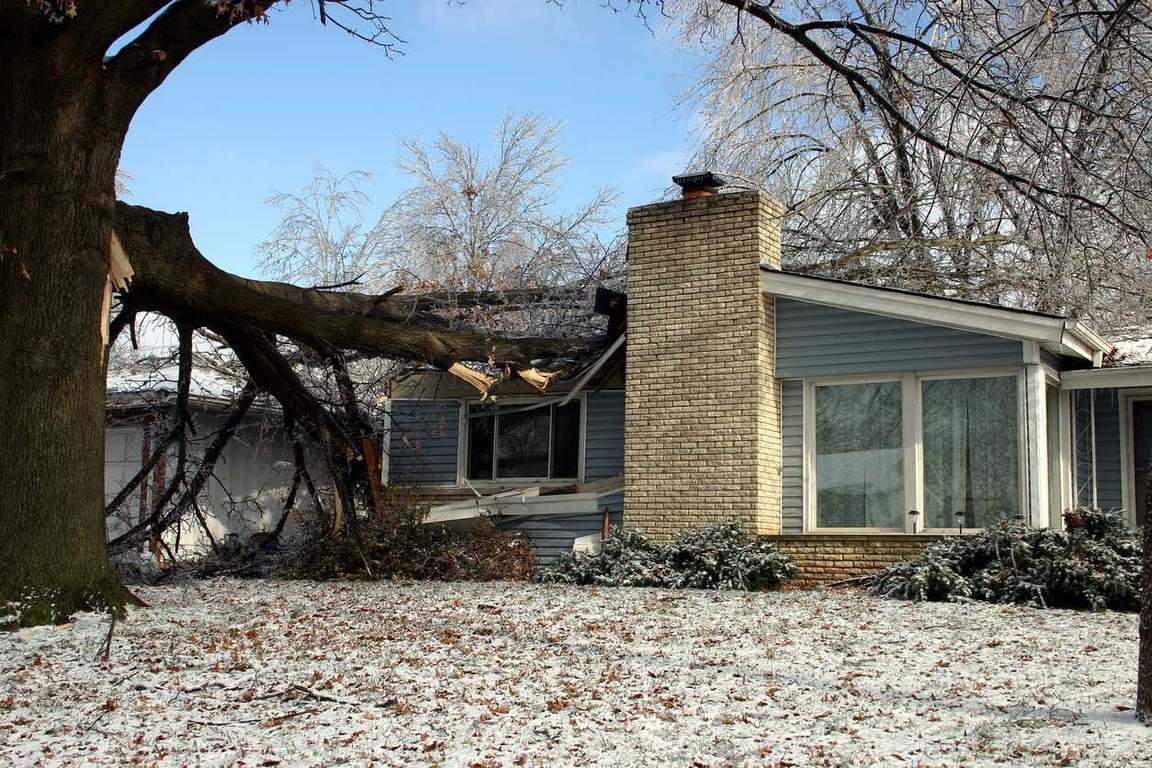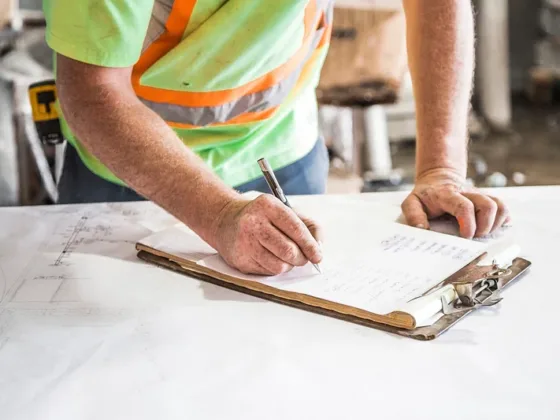Table of Contents Show
Cutting down a tree is no easy decision. They provide real health benefits, and oftentimes their natural beauty can’t be understated so it’s not unreasonable to want to save one that looks like it’s seen better days.

When is the right time to cut down a tree? This is a question that property owners often face. There can be a lot of factors to consider, such as the age and health of the tree as well as whether it poses a danger to people or property.
It’s worth taking the time to explore some of the key factors to consider when seeking tree removal services. So, if you’re wondering whether it might be time for you to remove one of your trees, keep reading!
Signs That Show its Time to Cut a Tree
Storm Injury
In most cases, a tree professional will recommend that a storm-damaged tree be removed rather than salvaged. It’s never pleasant to lose a tree, but in some cases, it’s the only safe alternative for you and your loved ones.
You might be able to tell by the trees if your area has been hit by a big storm or a harsh winter. Storms frequently destroy trees, despite their resilience. Tree trunks with cracks, missing limbs, and exposed roots are only some of the examples of storm devastation.
Branches Falling Off
When a tree begins to drop its larger limbs, it is another sign of struggling to survive. To transfer energy to the sections of the system that are still healthy, significant components that have already died are being removed. It is risky to attempt this activity at home or with your automobiles, and you risk causing harm to your property.
You may need professional assistance if massive branches break off your tree. Removing huge limbs from a tree does not always indicate that the tree is unhealthy. Oak, beech, elm, and eucalyptus trees, in particular, are at an increased risk of suffering from sudden branch drop syndrome. Someone with a well-trained eye can only see the difference between the two.
Read Also:
Root Decay
Even though rotting roots are not visible, they are nonetheless capable of causing severe damage in a relatively short amount of time.
You are probably aware that the roots of a tree are what help it to keep its upright position and keep it stable. If it dies and starts to fall apart, your tree could topple at any moment.
A further severe risk is the development of root rot. Holes and depressions will form in the grass if the tree’s roots are degrading and the process is underway.
Exposed Roots
If you have a large number of trees on your property or in your neighborhood, you can always compare your tree to others of the same kind that are nearby.
If a tree’s roots begin to protrude above the ground surface, it may have difficulty obtaining the food it requires. Roots closer to the earth’s surface may be more susceptible to harm from lawnmowers, the elements, people, and animals.
Although the roots of some trees remain relatively close to the surface of the ground for their whole existence, other trees have roots that extend far deeper into the ground. If you can see a lot of tree roots close to the ground, this could be a problem for you depending on the species of tree that you have.
Your tree may struggle to survive if its roots are close to the ground. But you should get in touch with a tree specialist as soon as possible before it is too late.
Decay
If you observe the development of mushrooms resembling fungi at your tree’s base, the tree may be on its way out. It is unnecessary to be concerned about moss because many healthy trees will have moss on them. On the other hand, if you observe rapid fungus growth on the trunk or along the root channels, your tree is likely fighting for its life.
Leaves
The leaves might wilt and turn yellow or brown if there is an abrupt change in the temperature, whether it is hot or cold. When the climate is too wet or too dry, the leaves of many types of plants will fall off.
For instance, browning of the leaves and the loss of foliage are expected consequences of overwatering. When a tree is barely clinging to life, the leaves on its branches may draw up extensively.
Compared to other trees in the area, ill trees may significantly reduce the number of leaves they produce, and the leaves that are produced may be of a different hue. If the tree does not shed its dead leaves as autumn draws near, it may be ill and needs intervention for safety reasons.
To Cut or Not to Cut
Tree health is in your hands, but saving trees fall under the expertise of certified arborists. It’s highly recommended that you seek professional tree services before you write your tree off. You never know when it can still be saved!










